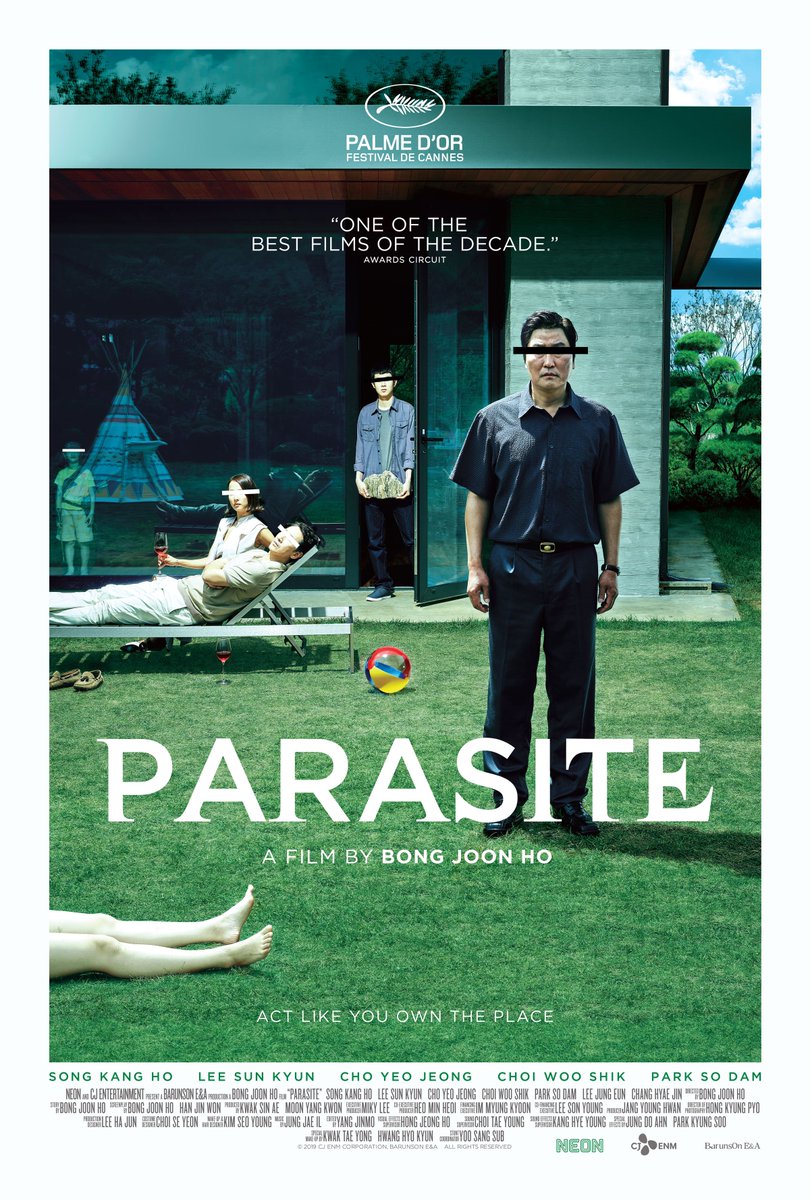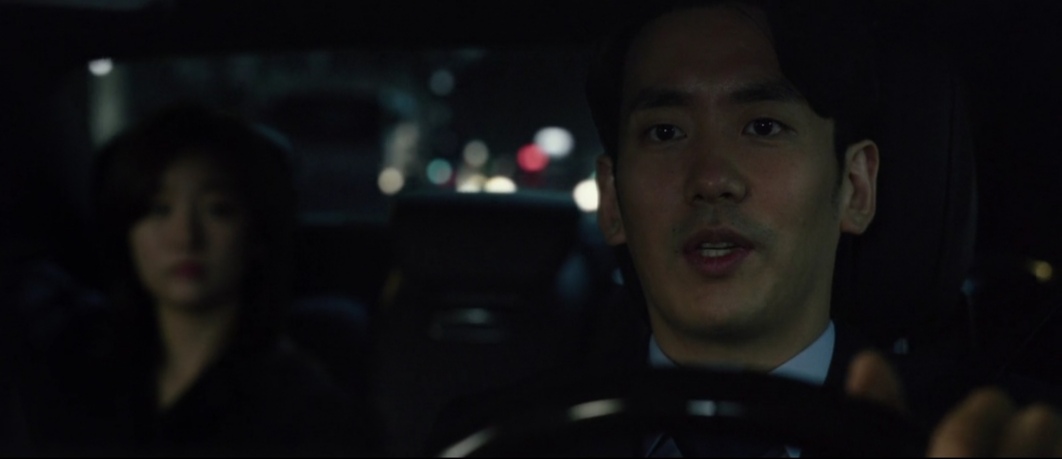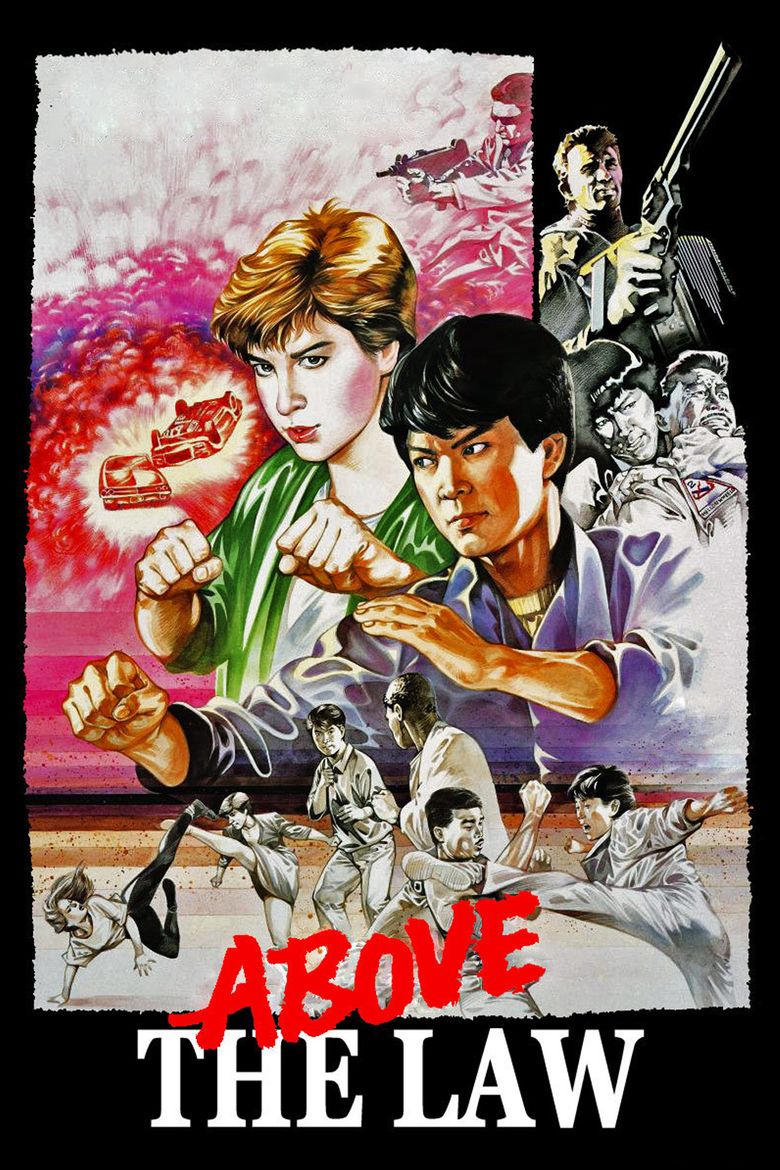
The Chateau fight scene from MATRIX RELOADED remains one of the most impressively crafted pieces of action cinema I've ever seen: exciting, precise, meaningful, kinetic. Every detail in this scene is important. Its place in the story, its set, its props, its direction. Thread ⬇️
I remember some friends at the time complaining that this scene was pointless: at this stage in the series, Neo is omnipotent, invincible. Why show us a fight against nameless fighters? The answer lies in the images themselves. In the matrix, the colour red is associated with...
...truth. See: the red pill, the woman in red, etc. Neo bleeds 3 times while in the matrix, once each film. In the 1st and the 3rd film, he bleeds from the mouth when fighting Agent Smith. So the truth is spoken in red: "My name is Neo" / "Because I choose to". These words...
...define his being and his reason for being, respectively. This time, Neo bleeds when he stops a blade with his hand. However, he says nothing. The truth must therefore be sought in his actions, not his words. So what does he do? He immediately changes the fight's dynamic by... 



...grabbing weapons from the Merovingian's walls. This scene is set in a room that stands for the matrix itself: the massive painting in the background represents the virtual world, the M standing for Merovingian (or... Matrix). In the same way that the Merovingian thinks he...
...has complete control over his world, Neo thinks himself an invincible Messiah. Obviously, this is about to change, and this fight scene has two roles: sum up what we know of Neo so far, and announce what will become of him, all purely visually. How? Let's focus on these...
...weapons Neo just started using, in a move that's fairly unusual to his fighting style. The first weapon he grabs is the sai, a Japanese three-pronged truncheon which, in the cultural consciousness, is thought to have originated as a farming tool repurposed by peasants to... 

...defend themselves against the samurai sent by the feudal lord. In a nutshell: a weapon of rebellion. This is Neo's first identity in the matrix, that of the symbol of resistance. The second weapon he uses is a medieval sword, a weapon commonly associated with knights and...
...heroes in the Western culture. This is the weapon he keeps the longest, and the status he enjoys at this very moment (that of the superior, all powerful hero). It doesn't last forever of course, and Neo then grabs a spear. That spear happens to break very quickly, but he...
...continues using it. In Christian imagery, the broken spear is an attribute of the figure of the allegorical Synagogue, who also wears... a blindfold (like Neo will, only he doesn't know it yet). This part announces the coming fall of Neo, his blindness, and the fact that... 





...he will abandon the established rules of the universe, i.e. the cyclical reboot of the matrix, just like the Synagogue lets go of the Tablets of the Law. The fourth and final weapon he uses is a mace, more specifically a Morgenstern, which he uses to finish the fight. In...
...German, "Morgenstern" means "morning star", which is exactly what we see in REVOLUTIONS' final shot, once Neo's sacrifice has made the last reboot possible for a new, more hopeful future. One can also notice a slight difference in fighting style depending on the weapon used: 

the sai encourages Neo to defend, dodge, and disarm. He doesn't actually kill anyone with them, simply resists/incapacitates his opponents successfully. As soon as he takes hold of the sword, Neo starts using a lot more blunt force, eventually plunging his blade into one of...
...the fighters. Again, he kills no one with his broken spear, instead using his opponents' mistakes to reduce the number of adversaries. He obviously kills his final opponent (Tiger Chen!) himself with the Morgenstern. The choreography thus highlights the way the hero...
...approaches violence at different stages of his life: defense and survival when joining the resistance and going through his existential crisis, extreme prejudice when thinking himself a godlike messiah, and finally short, necessary force to conclude his journey.
Naturally, the Wachowskis adapt their mise en scène to their intent, and present Neo in different ways according to the stages outlined with the weapons. First, Neo is attacked on a horizontal plan, by an attacker coming from below (he doesn't think himself or them superior but.. 







...they do force him to plunge into their world). As soon as he gets the sword, he attacks his enemies from the higher ground, again in a low angle shot, this time with a different meaning. Unsurprisingly, the first strike he takes with the spear leads to its breaking, and... 







...happens in a low angle shot highlighting the power of his adversary. The final strike is the complete opposite, with the same fighter now in Neo's place, and Neo dealing the final blow from above. Notice also the contrast in the way both victorious stages are filmed:
...the killing with the sword (the unquestioned hero phase) is highlighted with a slo-mo while Neo literally falls on his dying opponent; the epitome of cool. But the final strike against Chen is more cut, and off-screen (!) : there is no glory or joy in this kill, only necessity
This scene is a perfect example of narrative action: even when the story structure seems to suggest there is nothing at stake in this moment, the filmmaking reveals that actually, everything is at stake here, or at least the whole arc of the main character. Of course, my...
...interpretation rests on the shoulders of one important assumption: that the Wachowskis did nothing randomly or haphazardly. Some people might not agree, and that's fine: we all look at art differently. But looking at the whole trilogy, I absolutely believe there are no...
...coincidences in their writing. Each time Neo bleeds in the matrix is therefore of the utmost importance. Bleeding from the mouth announces a spoken truth, and bleeding from the hand announces a performed truth. The pause inserted at this instant demands we pay close attention.
In any case, I think a lot of people will agree that on a purely visual and martial level, this scene fucking owns. Keanu, Chad Stahelski, David Leitch, Tiger Chen, all essential figures of action cinema from nearly 20 years ago to today. Enjoy some behind the scene goodness:
• • •
Missing some Tweet in this thread? You can try to
force a refresh

















